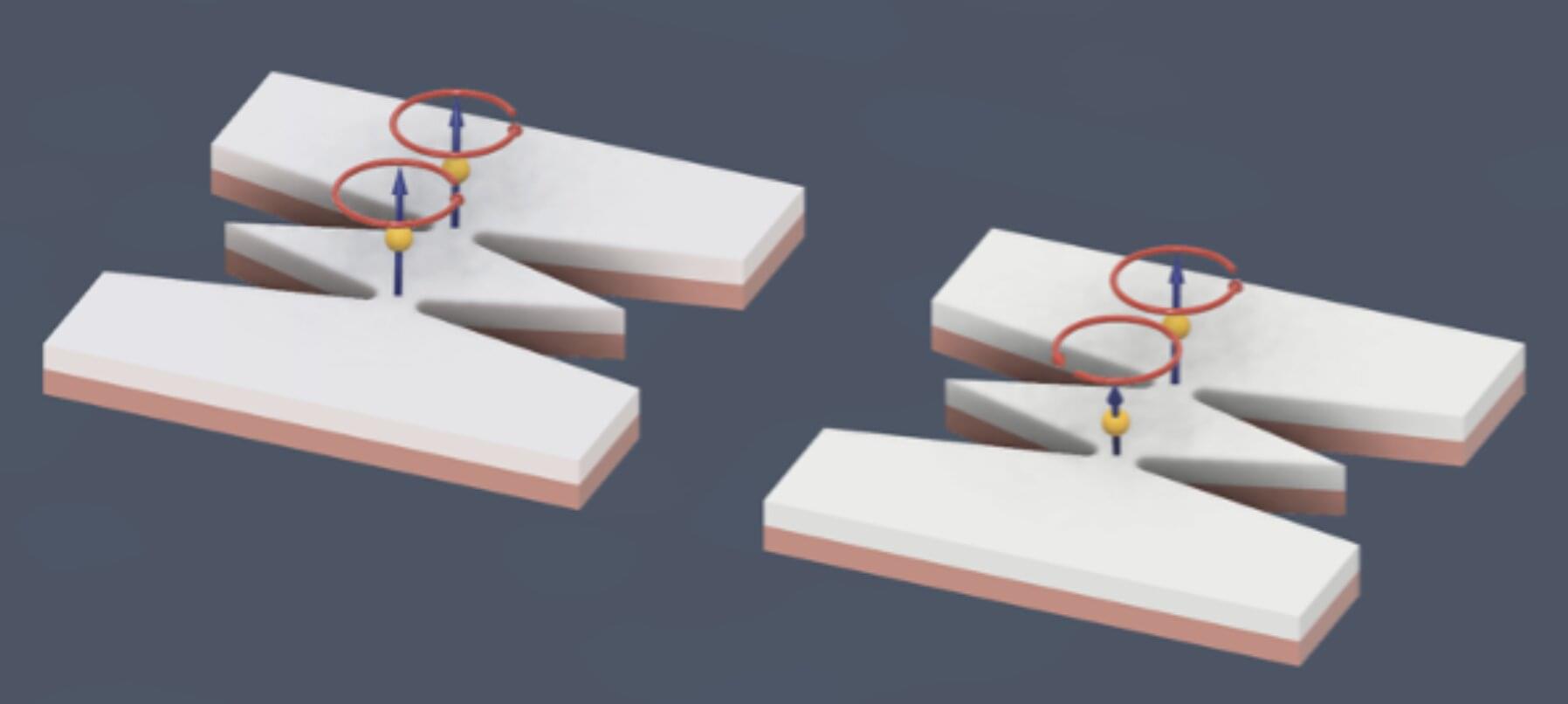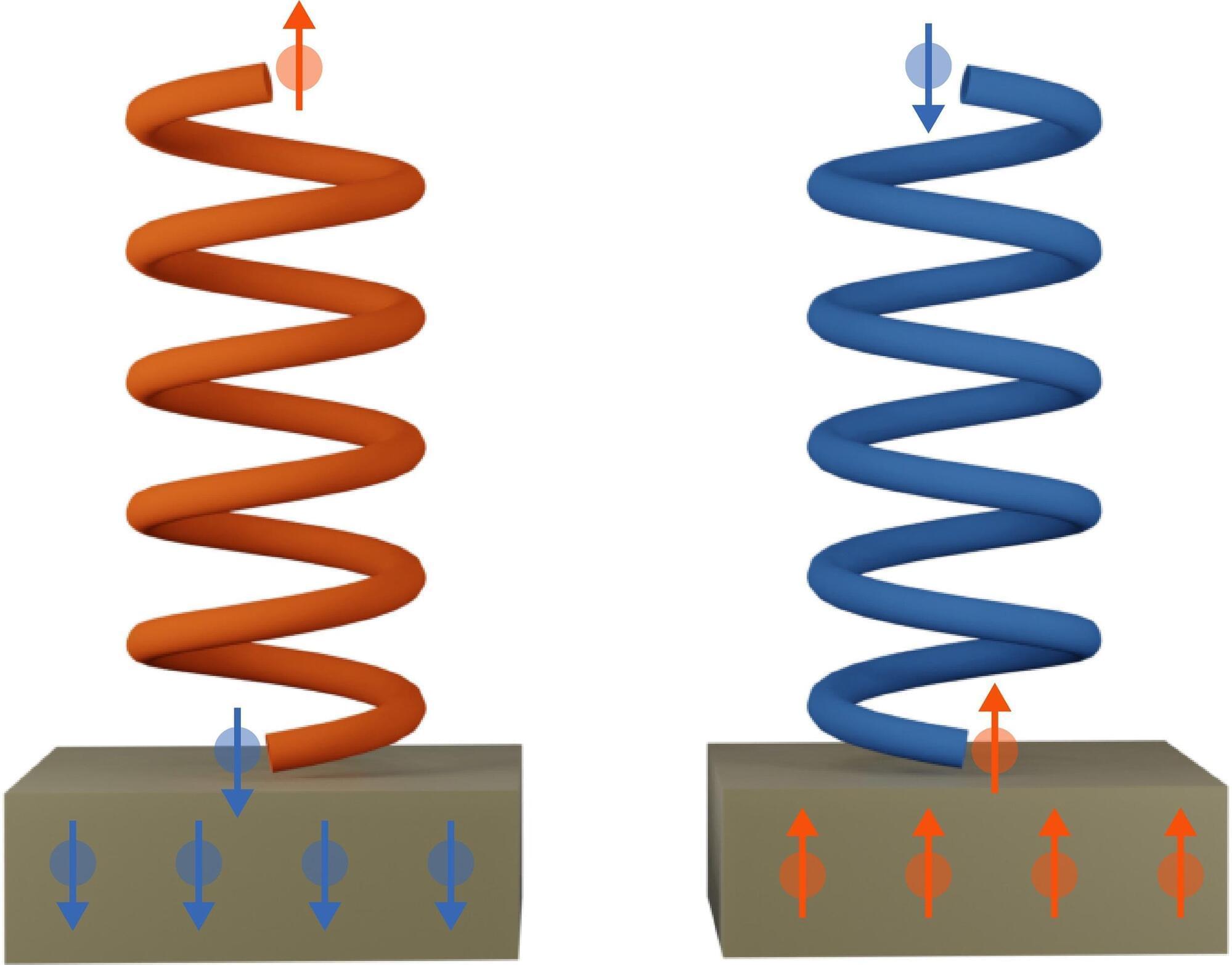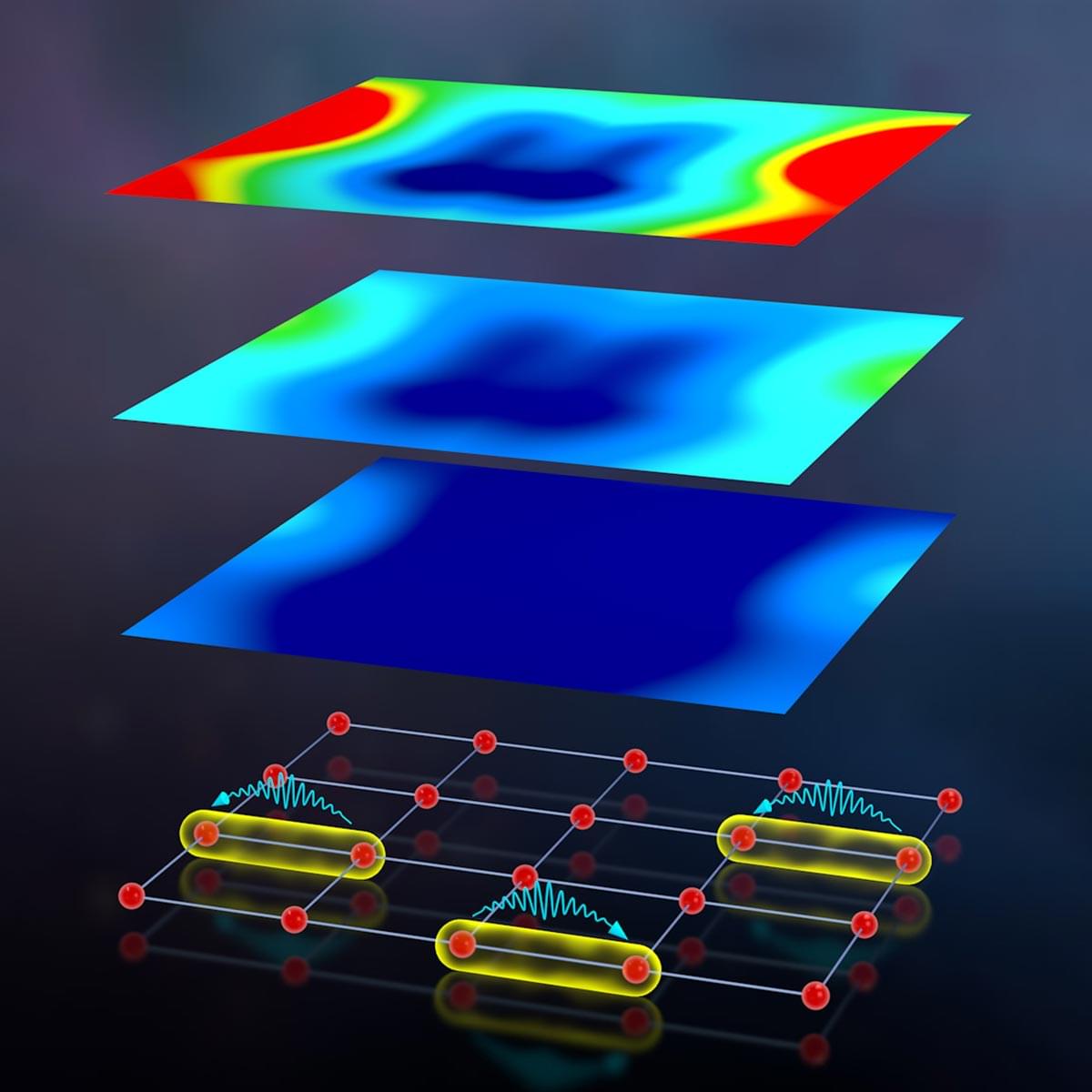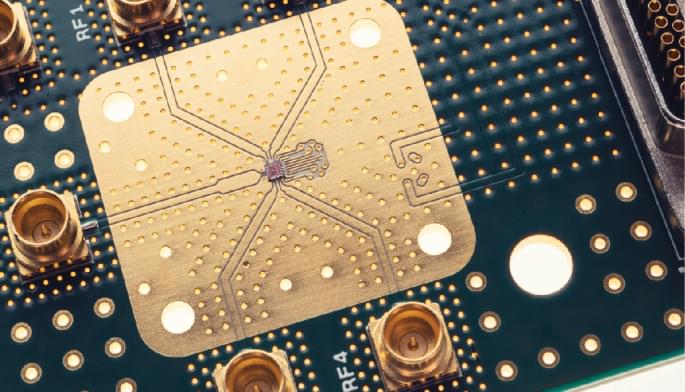BCIs, Brain-Computer Interfaces, are no longer the technology of the future but of today. As this these devices improve and move from the lab to humans, what challenges and advantages will we gain, and how do they work?
Get a free month of Curiosity Stream: https://curiositystream.com/isaacarthur.
Join this channel to get access to perks:
https://www.youtube.com/channel/UCZFipeZtQM5CKUjx6grh54g/join.
Visit our Website: http://www.isaacarthur.net.
Join Nebula: https://go.nebula.tv/isaacarthur.
Support us on Patreon: https://www.patreon.com/IsaacArthur.
Support us on Subscribestar: https://www.subscribestar.com/isaac-arthur.
Facebook Group: https://www.facebook.com/groups/1583992725237264/
Reddit: https://www.reddit.com/r/IsaacArthur/
Twitter: https://twitter.com/Isaac_A_Arthur on Twitter and RT our future content.
SFIA Discord Server: https://discord.gg/53GAShE
Credits:
Brain-Computer Interfaces.
Science & Futurism with Isaac Arthur.
Episode 296, June 24, 2021
Produced, written, and narrated by isaac arthur.
Editors:
Jerry Guern.
Keith Blockus.
Konstantin Sokerin.
Cover Art:








